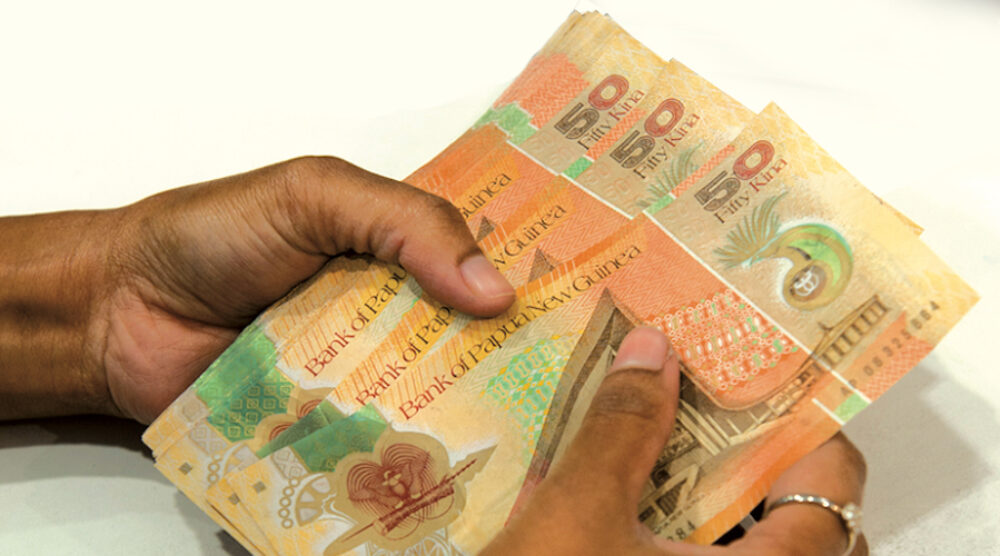MARK OFOI, TARLOK SINGH, JEN-JE SU AND PARMENDRA SHARMA |
Literature on monetary policy transmission channels is vast—it is one of the most extensively investigated issues in social sciences. Academics, researchers, and policy-makers alike have been profoundly interested in how monetary policy decisions and actions transmit anticipated outcomes. Justifiably so—monetary policy, historically and in the present day, continues to be one of the most talked about central banking functions and tools—regardless of the exchange rate regime. To exemplify, at the time of drafting this paper, one of the hottest and broadest conversations in Australia has been around the “cash rate”—the central bank’s pivotal monetary policy tool. These conversations on the back of softening and worrying inflationary and GDP trends, coupled with public pressure, have recently led to two consecutive cuts to the rate (25 basis points each), bringing it down to historically low levels of 1%. Political and public pressure and expectations have in turn compelled financial institutions to immediately pass on the cut to customers and clients via mostly an equivalent cut to their lending rates such as home loan rates, which is expected to boost private sector credit, investments and employment opportunities, despite some skepticism from some quarters.
Notwithstanding the outcomes, economies like Australia have tools such as the cash rate or other options available to stimulate the economy, including indeed “stimulus” packages. And, generally, they seem to have some desired effects, at least in the past. But, what about the transmission and available options to the open, vulnerable, socio-economically disadvantaged economies of the Pacific island Countries (PICs)? How effective has monetary policy transmission been? What has the influence been on inflation, the supply of loanable funds and indeed on GDP? Despite the vastness of the literature, the relationships in the case of the PICs appear to remain little known. Across Papua New Guinea (PNG), Fiji, Solomon Islands and Vanuatu—the largest of the PICs—monetary policy studies are but only a handful.
Of these PICs, PNG is by far the largest in terms of population, land area and GDP. The country’s land area of 462,840 km2 is equivalent to almost 80 percent of the PICs total land area; similarly, its 8 million population accounts for over 70 percent of the PICs total population. PNG’s GDP has been more than US$20 billion annually. Yet, in the case of PNG, monetary policy transmission and influences appear not at all to be well documented, scientifically. This prohibits the central bank from designing and implementing appropriate policy responses for accomplishing its price stability and other enacted mandates. This study attempts to fill that research gap in the literature. In doing so, the study focusses on the money multiplier as the transmission mechanism and private sector credit as the transmitted outcome. Essentially, we ask if the money multiplier notion holds in the case of PNG and what is the effect on private sector credit.
The paper uses a structural vector autoregressive (SVAR) technique comprising six variables (interest rate, inflation, loans, deposits, reserve money and real GDP) and quarterly data covering sample periods 1980q1 to 2017q4 and 2000q1 to 2017q4. An adaptation to the model is made using styled facts to capture the relevant policy variables currently in use and the expected chain of causality to test the robustness of the model.
The key findings of the paper are:
- Bank of PNG may provide excess funds to the banks but this may not necessarily translate into an increase in lending to the private sector. This suggests that there are other factors that businesses and firms consider when deciding on how much to borrow from commercial banks and not just the supply of funds. Improvements in international commodity prices, as well as government spending, are factors that may influence businesses borrowing behaviour and banks’ ability to lend, which are outside the central bank’s sphere of influence. Credit limits and risks profiles imposed by foreign-owned banks is also a contributing factor
- Equally important, interest rates charged on loans by banks are not a major determining factor for businesses when deciding on how much to borrow, particularly for larger corporate clients. That is, an increase in interest rates does not necessarily deter businesses from borrowing
- The growth in bank deposits associated with an increase in international commodity prices, government spending and the state of the economy are factors that contribute to the demand for bank borrowing
- Given the above, there might be some merit in revisiting the monetary policy framework and stance of the central bank
The study provides a basis for further investigations into the central bank’s monetary policy vis-à-vis lending and the impact on the economy at large. There are several ongoing joint working papers by the Bank of PNG and Griffith University that will be published in due course.
Mr Mark Ofoi, Senior Analyst, Bank of Papua New Guinea, Associate Professor Tarlok Singh, Dr Jen-Je Su and Dr Parmendra Sharma, Griffith Asia Institute.
This paper was presented at the December 2018 South Pacific Central Banks—Griffith University inaugural research conference in Suva. Key stakeholders attending the conference included Reserve Banks of Australia and New Zealand, ADB, World Bank, IMF/PFTAC and DFAT. The views and opinions expressed in this study are those of the authors and do not reflect those of the Bank of Papua New Guinea or its Board.
Please click here to read the full working paper, “Money, reserves and the transmission of monetary policy: Does money multiplier hold in Pacific Island countries? The case of Papua New Guinea”.








